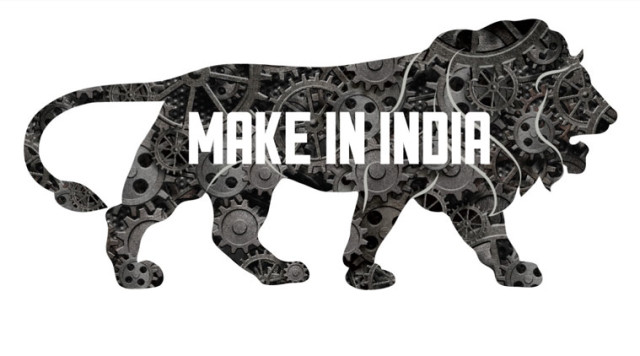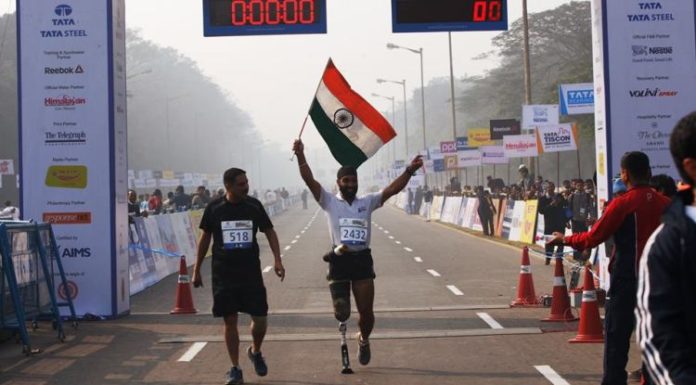Ever since the elections of May 2014 threw up an unprecedented majority for the NDA, the expectations among the people of India have been high. But while the radical reforms that were looked for by certain analysts have been struggling through the sinuous twists of a bi-cameral legislature, non-legislative initiatives like the ‘Shwachh Bharat’ and ‘Make in India’ campaigns have been launched with much fanfare.

Out of these, it is the ‘Make in India’ that has the most potential to impact the economy in a positive way in the short-to-medium term. So what is the ‘Make in India’ campaign and what are its practical implications?
The initiative itself was launched by PM Narendra Modi on September 25, 2014, in a function at Vigyan Bhavan, and has been prominently featured in his overseas visits as well. Shorn of the rhetoric (which, as often happens, is considerable), the program boils down to a series of steps taken to encourage investment in India, by both foreign and Indian investors, with a focus on sectors that are related to manufacturing.
The sectors are as given below:
1. Automobiles
2. Automobile Components
3. Aviation
4. Biotechnology
5. Chemicals
6. Construction
7. Defence manufacturing
8. Electrical Machinery
9. Electronic systems
10. Food Processing
11. Information Technology and Business process management
12. Leather
13. Media and Entertainment
14. Mining
15. Oil and Gas
16. Pharmaceuticals
17. Ports and Shipping
18. Railways
19. Renewable Energy
20. Roads and Highways
21. Space
22. Textiles and Garments
23. Thermal Power
24. Tourism and Hospitality
25. Wellness
In all of these sectors, except 7 (Defence manufacturing), 13 (Media) and 21 (Space), 100% FDI has been permitted.
The impact of Make in India is expected to be an increase in employment levels within India, as manufacturing facilities are opened, where employment for the youth of country can be found, both in skilled and unskilled sectors.
Since the launch of the program, companies like Spice Telecom, Samsung, Huawei, Foxconn and Lenovo have invested millions and set up facilities across India, from Noida to AP.
More interestingly, the companies like LH Aviation, Alstom (France) and GE Transport (USA), which had previously not looked to India as a destination, have also announced plans to set up manufacturing facilities in the country.
Another interesting fact is that, as cited by the Times of India, during the first half of 2015, India has surpassed China to emerge as the highest receiver of Foreign Direct Investment in the world. This can be attributed, at least partially, to the success of the Make in India campaign.
While concrete numbers on employment generated have not been forthcoming, it is to be hoped that they will be in line with the investments and expectations generated.
We see, therefore that the Make in India initiative is both broad-based and well intentioned. Theoretically, its success will be concomitant with a growth in the industrial output, large-scale employment and a favourable balance of payments.
However, doubts have been raised about the on-ground implementation of the proposals and the publicity. Finally, even with an easing of investment norms, India’s incorporation laws and labour laws remain complex, which remains the biggest disincentive for entrepreneurs looking to set up a manufacturing facility in India. The lack of a unified Goods and Service Tax (the GST bill remains stuck between the two houses of Parliament) has meant that manufacturing for domestic consumption remains a quagmire of levies and duties.
All in all, the Make in India initiative has the potential to be a game-changer and could add significantly to GDP growth. A year after it’s launch, it remains a story of a battle half-won. Let us hope it is soon seen through to an economic victory!
Image : official logo of MakeinIndia Campaign. Source : https://images.indianexpress.com/2014/09/mia-main.jpg






























